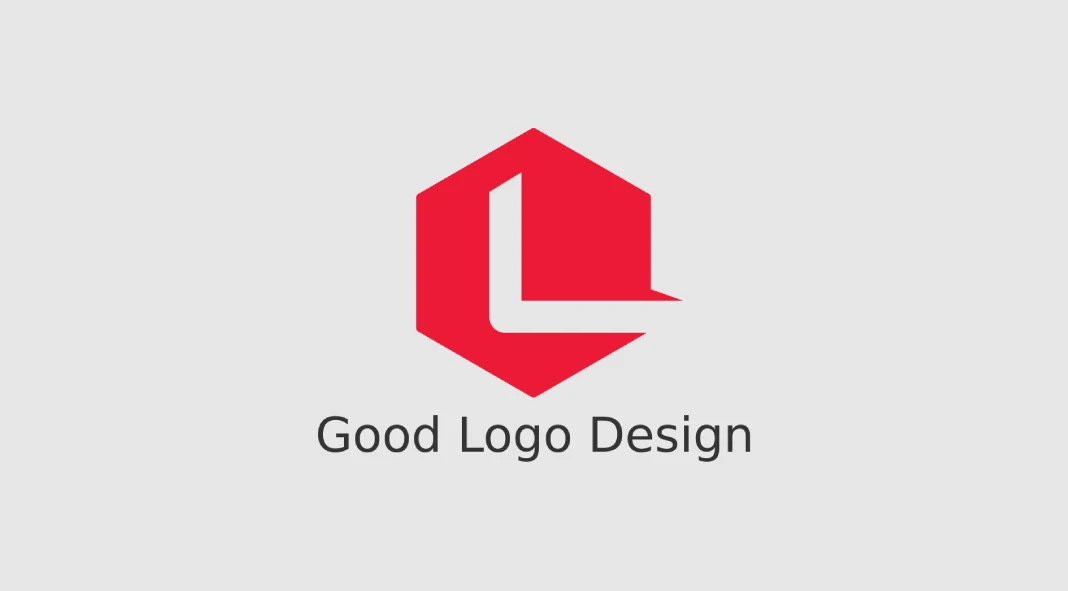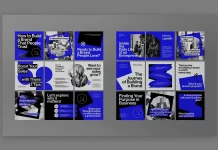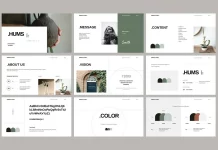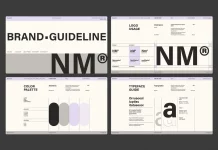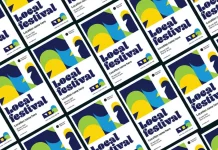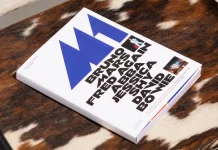Have you ever wondered why some logos stick in your mind instantly? Or why do certain brands feel instantly trustworthy and professional? A good logo design isn’t just a pretty picture. It’s the visual cornerstone of a brand’s identity, instantly communicating its values, personality, and purpose. It’s a powerful tool that, when done right, can propel a business to new heights.
But what exactly makes a logo “good”? It’s more than just aesthetics, my friend. It’s a complex blend of strategy, psychology, and artistic skill. A well-designed logo builds recognition. It fosters loyalty. And most importantly, it helps a business stand out in a crowded marketplace.
Think about some of the most iconic logos out there. Nike’s swoosh. Apple’s bitten apple. McDonald’s golden arches. What do they all have in common? Simplicity. Memorability. Versatility. They aren’t just visually appealing. They also represent the brand’s core values and resonate with their target audience.
So, are you ready to uncover the key ingredients that make a logo truly shine? Let’s explore the essential features that every designer and business owner should consider when crafting or choosing a good logo design.
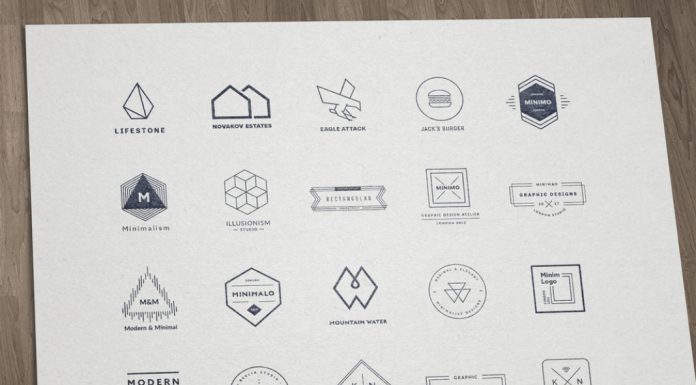
Simplicity: Less is Always More in a Good Logo Design
In the realm of design, less truly is more. A simple logo is easier to recognize, remember, and reproduce across various media. Think about it: the most iconic logos are often the simplest.
Complex designs can be overwhelming and confusing. They struggle to scale well and can lose their impact when reduced to a smaller size. So, how can you achieve simplicity?
- Focus on one core message: What’s the single most important thing you want your logo to communicate?
- Eliminate unnecessary elements: Cut out anything that doesn’t directly contribute to the core message.
- Use clean lines and shapes: Simple geometric forms are often more effective than intricate illustrations.
A good logo design cuts through the clutter and delivers a clear, concise message.
Memorability: Making a Lasting Impression
A memorable logo sticks in people’s minds long after they’ve seen it. It’s instantly recognizable and easily recalled. But how do you create a logo that leaves a lasting impression?
- Uniqueness: Avoid clichés and generic imagery. Strive for something original and distinctive.
- Association: Connect your logo to your brand’s name, values, or industry.
- Repetition: Consistent use of your logo across all platforms reinforces recognition.
Imagine seeing a logo for just a split second. Would you be able to recall it later? A memorable logo ensures that your brand stays top-of-mind.
Versatility: A Good Logo Design Needs to Work Everywhere
Your logo needs to look just as good on a business card as it does on a billboard. That’s where versatility comes in. A versatile logo can be adapted for various applications without losing its impact.
- Scalability: Ensure your logo looks sharp and clear at any size, from tiny favicons to large-format prints.
- Color variations: Design your logo to work well in both color and black and white.
- Adaptability: Consider how your logo will look on different backgrounds and surfaces.
A good logo design should seamlessly integrate into any marketing material, ensuring consistent branding across all channels.
Timelessness: Avoiding Trendy Traps
Trends come and go, but a truly good logo design stands the test of time. It remains relevant and effective for years to come. How do you create a timeless logo?
- Avoid fleeting trends: Steer clear of trendy fonts, colors, and design styles that will quickly look dated.
- Focus on core principles: Emphasize simplicity, clarity, and memorability.
- Research historical designs: Look to classic logos for inspiration and guidance.
A timeless logo avoids the pitfalls of fleeting trends and creates a lasting visual identity for your brand.
Appropriateness: Speaking to Your Audience
A good logo design resonates with its target audience. It reflects the brand’s personality and values in a way that appeals to its customers. Consider the following:
- Target audience: Who are you trying to reach with your logo?
- Industry: What are your industry’s visual conventions?
- Brand personality: Is your brand playful, sophisticated, or serious?
A logo for a children’s toy store, for example, will likely look very different from a logo for a law firm. Choose colors, fonts, and imagery that align with your brand’s identity and appeal to your target audience.
Color Psychology: Harnessing the Power of Color
Color plays a crucial role in logo design. Different colors evoke different emotions and associations. Understanding color psychology can help you choose colors that effectively communicate your brand’s message.
- Red: Excitement, passion, energy
- Blue: Trust, stability, calm
- Green: Nature, growth, health
- Yellow: Optimism, happiness, creativity
Carefully consider the colors you use in your logo and how they might be perceived by your target audience.
Typography: Choosing the Right Font
The font you choose for your logo can have a significant impact on its overall look and feel. Different fonts convey different personalities and messages.
- Serif fonts: Traditional, formal, trustworthy
- Sans-serif fonts: Modern, clean, approachable
- Script fonts: Elegant, feminine, creative
Choose a font that complements your brand’s personality and is easy to read. Limit yourself to one or two fonts for a clean and cohesive look.
The Importance of Negative Space
Don’t underestimate the power of negative space! The empty space around and within your logo can be just as important as the filled space. Negative space can:
- Create visual interest: Add depth and complexity to your design.
- Enhance readability: Improve the clarity and legibility of your logo.
- Subliminal Messaging: Add a hidden meaning.
Think about the FedEx logo. The arrow hidden in the negative space between the “E” and the “x” is a subtle but effective way to communicate the company’s core values: speed and efficiency.
Getting Feedback and Iterating
Designing a good logo design is an iterative process. Don’t be afraid to get feedback from others and make revisions.
- Show your logo to different people: Get feedback from your target audience, industry experts, and fellow designers.
- Be open to criticism: Don’t take feedback personally. Use it to improve your design.
- Iterate: Make revisions based on the feedback you receive.
The more feedback you get, the better your logo will become.
Protecting Your Logo: Trademarking
Once you’ve created a logo you’re happy with, it’s important to protect it by trademarking it. Trademarking your logo gives you exclusive rights to use it in your industry.
- Search for existing trademarks: Make sure your logo isn’t already trademarked by someone else.
- File a trademark application: Apply for a trademark with the relevant government agency.
- Monitor your trademark: Protect your logo by monitoring for infringement.
Trademarking your logo is a crucial step in protecting your brand and preventing others from using your design. A good logo design is an investment, so protect your investment.
Good Logo Design – A Critical Element of Success
A good logo design is more than just a pretty picture. It’s a strategic asset that can significantly impact your brand’s success. By following these key principles, you can create a logo that is simple, memorable, versatile, timeless, and appropriate. It takes expertise, time, and creativity to create a good logo design, but the impact will be worth it.
Remember to consider your target audience, brand personality, and industry when designing your logo. Use color and typography strategically to communicate your brand’s message. And don’t forget to get feedback and iterate on your design.
With careful planning and execution, you can create a logo that truly represents your brand and helps you achieve your business goals. It is up to you to make sure that your logo is a good logo design.
For those who don’t want to create a logo design on their own, you can find skilled designers on platforms like Upwork or Fiverr. Furthermore, you can find fully editable logo templates on platforms such as Adobe Stock and Creative Market.
For more creative inspiration, feel free to browse WE AND THE COLOR’s Branding and Graphic Design categories.
Subscribe to our newsletter!

